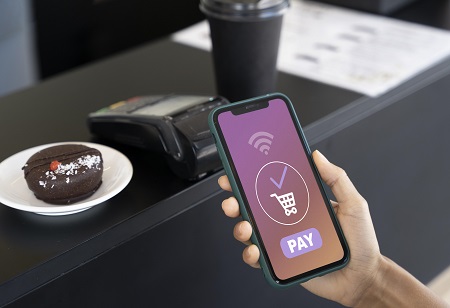
India Generating Annual Revenue of $64 Billion in Online Payments

 In India, the ringing of cash registers was replaced by audio confirmations on a computerized sound box in almost 6 billion unique instances in just one month. When consumers pay each other instead of retailers, the world's most populous country generated more than 10 billion cashless transactions in August. Everything was done online, in real-time, and for free.
In India, the ringing of cash registers was replaced by audio confirmations on a computerized sound box in almost 6 billion unique instances in just one month. When consumers pay each other instead of retailers, the world's most populous country generated more than 10 billion cashless transactions in August. Everything was done online, in real-time, and for free.
At least, not all of them. Customers who use their mobile phone wallets to pay bills worth more than 2,000 rupees ($24) have had to pay a maximum 1.1% fee since April, but only if they scan a rival platform's quick-response code. The retailer pays this fee to his QR code provider — Walmart-owned PhonePe or indigenous Paytm — in exchange for connecting with Alphabet Inc.'s Google Pay. However, the Unified Payments Interface, a single protocol allowing customers to deposit and receive money into accounts at multiple institutions, is still available for free.
Banks do try to charge high-volume customers, and the government provides them money to promote low-value internet transactions and provide formal credit to disadvantaged populations such as street vendors. However, many lenders worry about being forced to watch the rising tide of online payments from the sidelines rather than riding it. How would India sustain an industry that grew from nothing seven years ago to transact roughly $2 trillion in value yearly if there is no financial motive?
Those fears appear to be exaggerated. Even with a free public utility, India's payment revenue grew to $64 billion last year, trailing only China, the United States, and Brazil and rivaling Japan, according to McKinsey & Co.'s latest worldwide survey. The growing popularity of online transactions has resulted in an increase in digital commerce. This, in turn, has lifted other boats: credit card usage has increased.